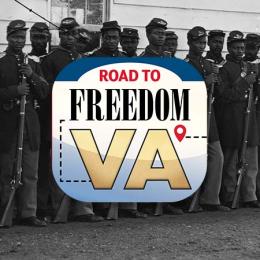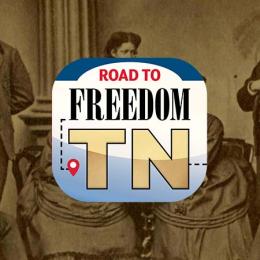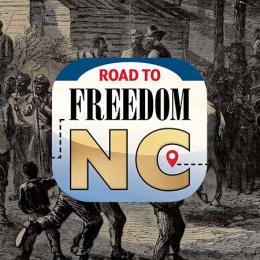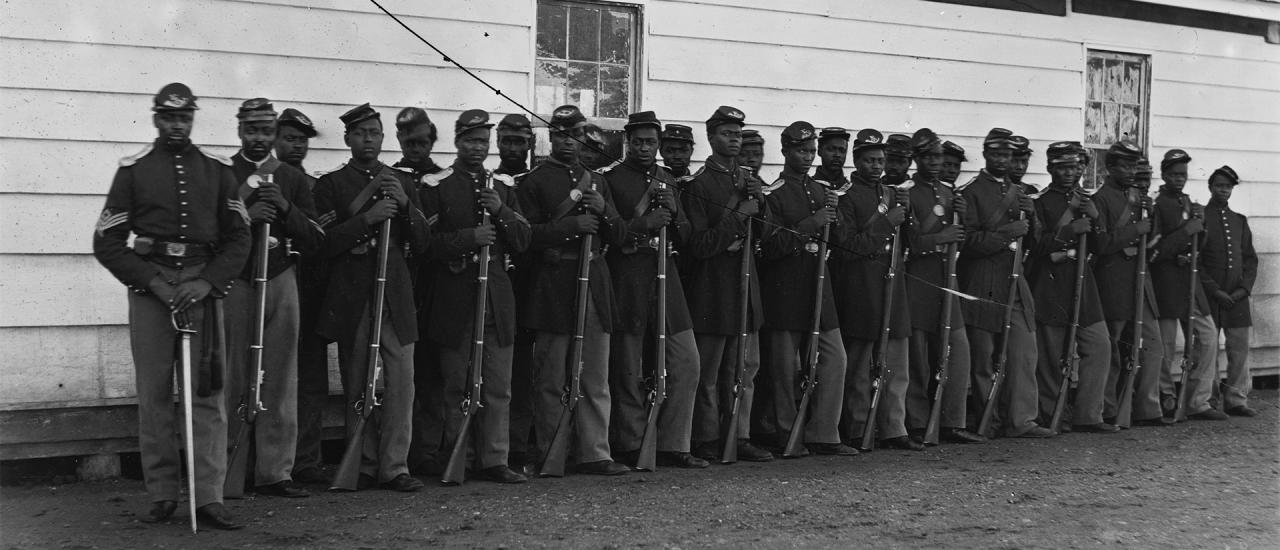
Road to Freedom
Explore the Southern Civil War-era Black Experience
The Road to Freedom highlights the Southern Civil War-era Black experience, encouraging explorers to uncover these little-known stories of strife, growth, community, and more.
Road to Freedom
The American Battlefield Trust's Road to Freedom initiative unleashes the power of both perspective and place and introduces historical figures that have been given little voice until now. These applications allow you to interact with these stories in various ways. You can explore the Road to Freedom sites at large or investigate each state’s history through tour collections for particular cities and themes — all while reading the illuminating narratives of key events and locations.
The Road to Freedom features historic places ranging from museums to battlefields to schools to cemeteries pertaining to key topics in Black history, such as slavery, emancipation, the United States Colored Troops (USCT units), and Reconstruction — and the proactive role that Black men and women took in forging their own narratives. While the first Road to Freedom release focused on Virginia sites and stories, the project has now expanded into Tennessee and North Carolina.
Road to Freedom Sites
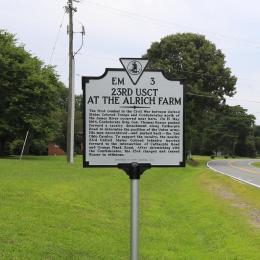
The first combat in the Civil War between United States Colored Troops and Confederates north of the James River occurred near here.
During the Civil War, Elizabeth Van Lew led a Union espionage operation. African Americans, such as Van Lew's associate Mary Jane Richards, served in Richmond's Unionist underground.
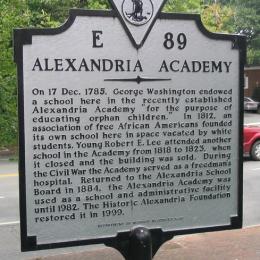
On 17 Dec. 1785, George Washington endowed a school here in the recently established Alexandria Academy "for the purpose of educating orphan children." In 1812, an association of free African Americans founded its own school here in space vacated by white...
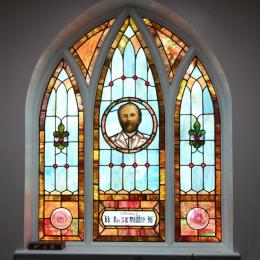
The Alfred Street Baptist Church is home to the oldest African American congregation in Alexandria, dating to the early 19th century.
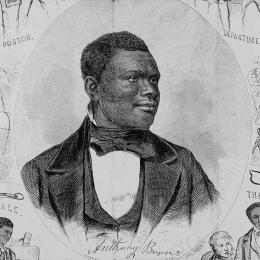
Anthony Burns (1834-1862) was born into slavery near this location.
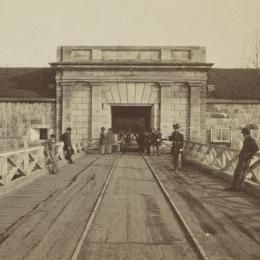
Dozens of slaves fled to “Freedom’s Fortress” daily from rural areas such as Big Bethel.
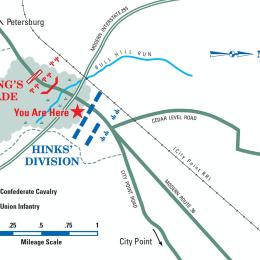
The skirmish at Baylor’s Farm proved African American soldiers’ willingness and ability to fight, qualities the Union army would rely on throughout the Petersburg campaign.
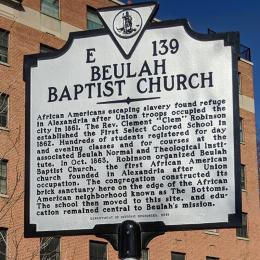
In Oct. 1863, Robinson organized Beulah Baptist Church, the first African American church founded in Alexandria after Union occupation.
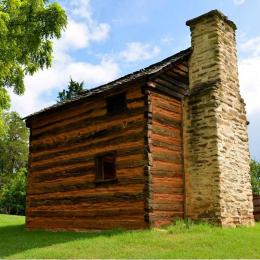
Booker T. Washington was born a slave on the nearby Burroughs plantation on April 5, 1856. He was graduated from Hampton Institute in 1875 where he became an instructor.
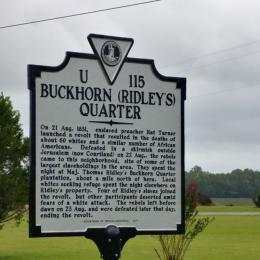
When enslaved preacher Nat Turner launched a revolt that resulted in many deaths, the rebels came to this neighborhood, site of some of the largest slaveholdings in the area, and spent the night at Maj. Thomas Ridley’s Buckhorn Quarter plantation.
During the Civil War, African American laborers chopped wood and conveyed it to Burke’s Station, a major Federal timber transportation station located here on the Orange & Alexandria Railroad.
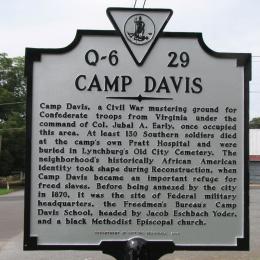
Camp Davis, a Civil War mustering ground for Confederate troops from Virginia under the command of Col. Jubal A. Early, once occupied this area.
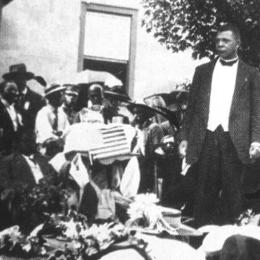
In 1866, Captain Charles S. Schaeffer, a Freedmen's Bureau agent, organized a school for blacks on the hill just to the southeast of this location.
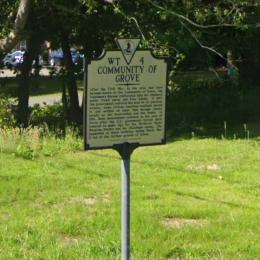
After the Civil War, in the area that later became known as the Community of Grove, the Freedmen’s Bureau confiscated land for displaced newly freed slaves and free blacks.

At this highly visible downtown intersection known as Corling's Corner, local manufacturers, railroad companies, building contractors, and private individuals inspected and rented enslaved people to work for one-year terms in their businesses and homes.
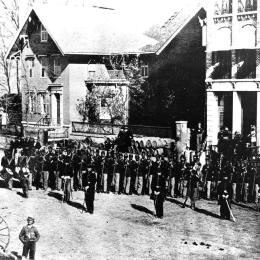
Thirteen African American veterans of the Civil War are interred nearby at the Cuffeytown Historic Cemetery.

In February 1864 a young Union officer, Col. Ulric Dahlgren intended to help raid Richmond and free Federal prisoners of war. A local African American, Martin Robinson escorted his troopers, but was hanged on 1 March when Dahlgren suspected trickery.
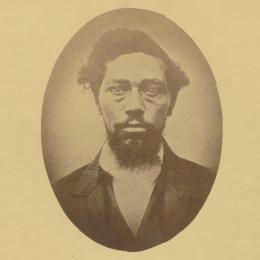
Dangerfield Newby (ca. 1820–1859), a free mulatto for whose family this crossroads is named, was the first of John Brown’s raiders killed during the attack on Harpers Ferry on October 16, 1859.
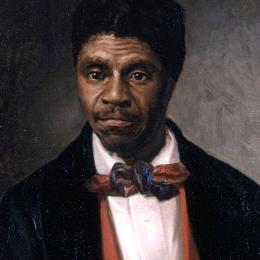
Dred Scott, a slave, lived as a child northeast of here on the Peter Blow plantation early in the 1800s.

Free blacks and slaves living west of Second St. and north of Broad St. founded the Third African Baptist Church in 1857. In 1858, it was dedicated on this site as Ebenezer Baptist Church.
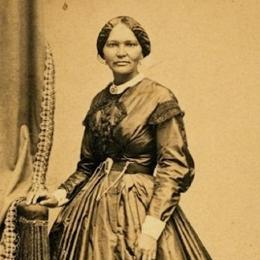
Born near here in Dinwiddie County in 1818, Elizabeth Hobbs Keckley was a dressmaker and abolitionist. She became the seamstress, personal maid, and confidante to Mary Todd Lincoln, President Abraham Lincoln’s wife.
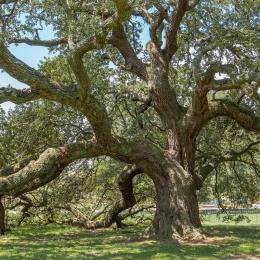
Over 150 years ago, Emancipation Oak served as a classroom for African Americans who fled to nearby Fort Monroe to escape bondage during the Civil War. Today, it endures on the campus of Hampton University as a testament to the students and teachers who...
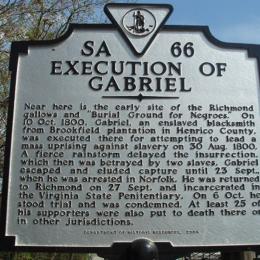
Near here is the early site of the Richmond gallows and "Burial Ground for Negroes." On 10 Oct. 1800, Gabriel, an enslaved blacksmith from Brookfield plantation in Henrico County, was executed there for attempting to lead a mass uprising against slavery...
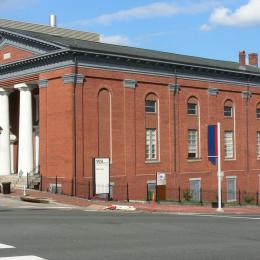
The Charlottesville African Church congregation was organized in 1864. Four years later it bought the Delevan building, built in 1828 by Gen. John H. Cocke, and at one time used as a temperance hotel for University of Virginia students.
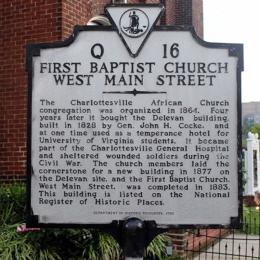
The Charlottesville African Church congregation was organized here in 1864. Four years later it bought the Delevan building, built in 1828 by Gen. John H. Cocke, and at one time used as a temperance hotel for University of Virginia students.
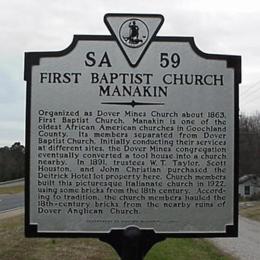
Organized as Dover Mines Church about 1863, First Baptist Church, Manakin is one of the oldest African American churches in Goochland County.
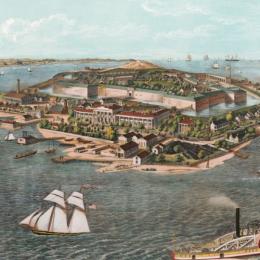
Fort Monroe is the largest stone fortification ever built in the United States. Construction began in 1819 and continued for 15 years. Second Lt. Robert E. Lee served as an engineer at Fort Monroe from 1831 to 1834.

South of here, on a bluff overlooking the James River, stands the half-mile-long Fort Pocahontas, built in the spring of 1864 by Union soldiers during the Civil War.
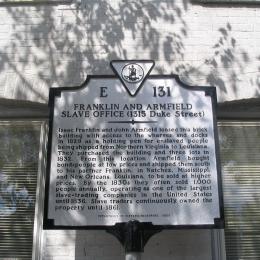
Isaac Franklin and John Armfield leased this brick building with access to the wharves and docks as a holding pen for enslaved people being shipped from Northern Virginia to Louisiana.
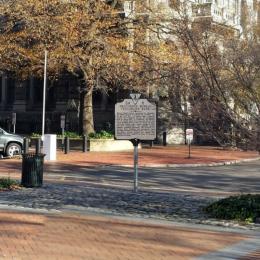
Slavery denied African Americans the education and skills required to exercise the freedom won by the Civil War. To redress that, Congress created the Freedmen’s Bureau and Freedman’s Bank in March 1865.
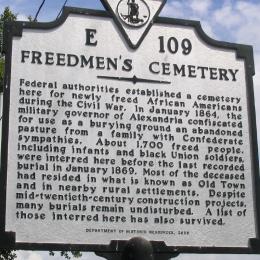
Federal authorities established a cemetery here for newly freed African Americans during the Civil War. In January 1864, the military governor of Alexandria confiscated for use as a burying ground an abandoned pasture from a family with Confederate...
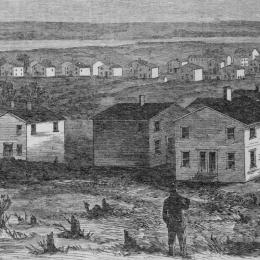
This land – now part of Arlington National Cemetery – was once the site of a community known as Freedman’s Village. Amongst the houses, churches, schools, and other structures that stood here, formerly enslaved Black men and women built new lives and...
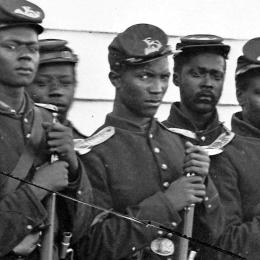
By November 1864, several thousand African American soldiers, designated as United States Colored Troops or USCT, held Fort Harrison and the nearby earthworks.
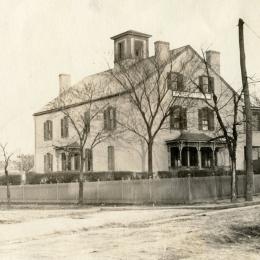
Friends Asylum for Colored Orphans was founded by Lucy Goode Brooks and the Ladies Sewing Circle for Charitable Work, all formerly enslaved, founded it in 1871.
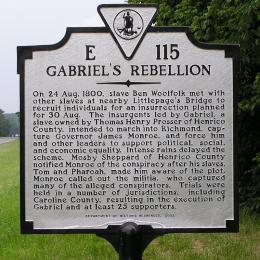
On 24 Aug. 1800, slave Ben Woolfolk met with other slaves at nearby Littlepage's Bridge to recruit individuals for an insurrection planned for 30 Aug.
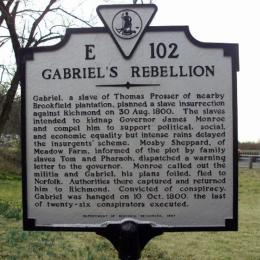
Gabriel, a slave of Thomas Prosser at nearby Brookfield plantation, planned a slave insurrection against Richmond on 30 Aug. 1800. Later convicted of conspiracy, Gabriel was hanged last of the twenty-six conspirators executed.

African-Americans built Galloway United Methodist Church and established the historic cemetery in 1867.
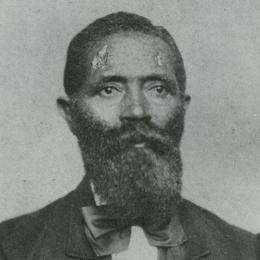
A member of the Constitutional Convention of 1867 and the Senate of Virginia from 1869 until 1871, George Teamoh was born enslaved in Portsmouth where he spent most of his early life.
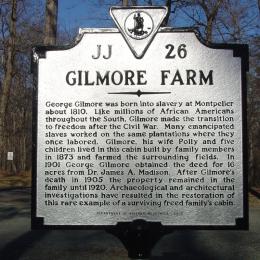
George Gilmore was born into slavery at Montpelier around 1810 and, like millions of African Americans throughout the South, made the transition to freedom after the Civil War.

When the slaves of John Pleasants were freed according to the dictates of his 1771 will his son then gave former slaves 350 acres of his plantation. Here a community known as “Gravelly Hill” developed.
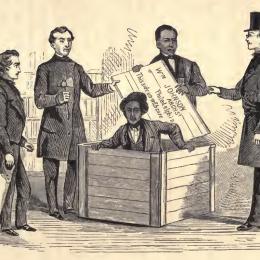
Born near here, Henry Brown was noted for later in life mailing himself from Richmond to Philadelphia, and freedom, on 23 Mar. 1849 inside a three-foot-long box. He became a spokesperson for the abolitionist movement and symbol of the Underground...
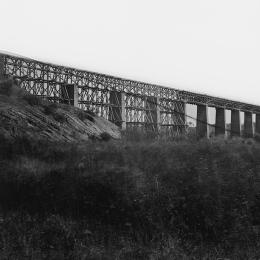
Fortifications to the original 1854 High Bridge were built, in part, with the help of area free men of color who were conscripted for Confederate service.
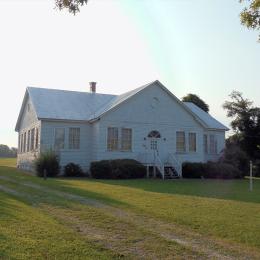
In 1868, Caroline Putnam (1826-1917) established a school for the children of former slaves at this site.

James A. Fields was born into slavery in Hanover County, Virginia in 1844. During the Civil War, Fields and his brother George escaped to Hampton, where in 1862 they found refuge as “contrabands of war” at Fort Monroe.
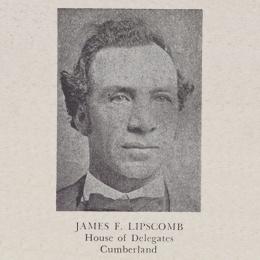
James F. Lipscomb was born a free black on 4 December 1830 in Cumberland County. He served in the House of Delegates between 1869 and 1877, one of 87 African-Americans elected to the General Assembly in the late 19th century.
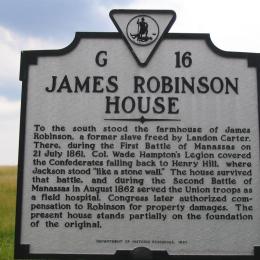
To the south stood the farmhouse of James Robinson, a former slave freed by Landon Carter. There, during the First Battle of Manassas on 21 July 1861, Col. Wade Hampton's Legion covered the Confederates falling back to Henry Hill, where Jackson stood...
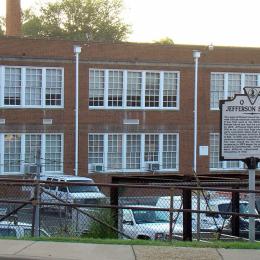
The name Jefferson School has a long association with African American education in Charlottesville. It was first used in the 1860s in a Freedmen's Bureau school and then for a public grade school by 1894.
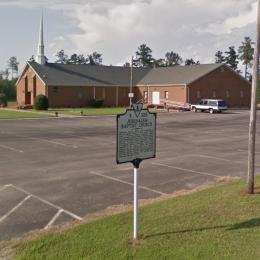
Jerusalem Baptist Church was organized as Mt. Joy Baptist Church in 1867 at the nearby home of Mondoza Bailey, community leader and carpenter. Amelia "Mother" Howard assisted in the organization of this and six other churches.

John Mercer Langston – first black congressman elected from Virginia – was born 5.5 miles N.W. of here on 14 Dec. 1829, son of plantation owner Ralph Quarles and his former slave Lucy Langston.
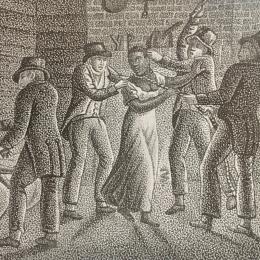
In the years before the Civil War, Virginia’s laws restricted free blacks and also tightened the legal grip on slaves. Some blacks, however, struggled through the system to freedom, just as many slaves wended their way to Union lines during the war...
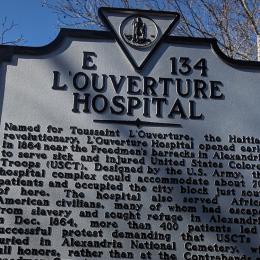
The U.S. Army opened L’Ouverture Hospital near this site during the Civil War to treat sick and wounded United States Colored Troops (USCTs). While patients at L’Ouverture, Black soldiers fought for equal treatment and for proper recognition of their...

Landon Boyd, an African American brick mason born into slavery, who served on the petit jury for the U.S. District Court in Richmond empanelled to try former Confederate President Jefferson Davis for treason.
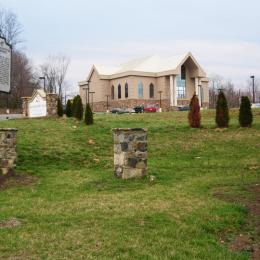
The association was organized by African Americans in nearby Hamilton in 1890 to commemorate the preliminary Emancipation Proclamation issued by President Abraham Lincoln on 22 Sept. 1862 and "to cultivate good fellowship, to work for the betterment of...
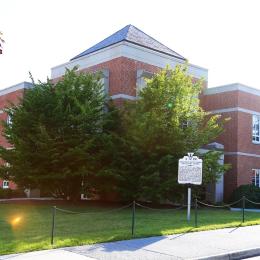
On 13 Nov. 1869, the Rev. Capt. Charles S. Schaeffer of the Bureau of Refugees, Freedmen, and Abandoned Lands met with the people of Lovely Mount (later Radford) and organized the Lovely Mount Baptist Church.

In September 1864, U.S. Gen. Philip H. Sheridan heard rumors that Confederate forces had left the Shenandoah Valley to rejoin Gen. Robert E. Lee’s army at Petersburg. Wanting to confirm this information before attacking Gen. Jubal A. Early’s army...

After the Emancipation Proclamation was issued in 1863, the U.S. Army began recruiting both free blacks and slaves in occupied areas. Among the 250 from Loudoun County was 19-year-old Martin Van Buren Buchanan, born of a free mother and a father enslaved...

Mary Smith Kelsey Peake (1823-1862) was a pioneering educator and humanitarian who dedicated her life to empowering Black men, women, and children with access to an education before and during the Civil War.
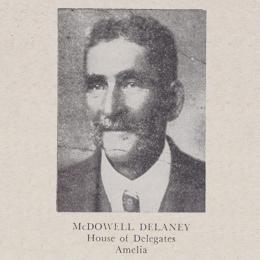
McDowell Delaney (1844-1926) was born to free African American parents in Amelia County. During the Civil War he worked as a cook and teamster for the 14th Virginia Infantry Regiment.
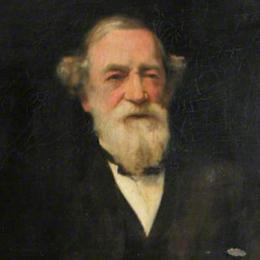
Nearby this location is the childhood home of renowned abolitionist, writer, and lecturer Moncure Daniel Conway (1832-1907).
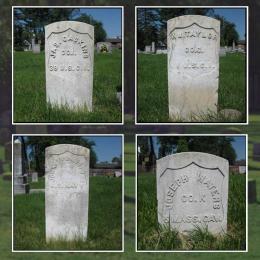
Four African American Civil War veterans are buried in this cemetery: James Gaskins (39th U.S. Colored Infantry), Joseph Waters (5th Massachusetts Colored Cavalry), William Taylor (1st U.S. Colored Infantry), and John W. Langford (U.S. Navy).

On the night of 21-22 August 1831, Nat Turner, a slave preacher, began an insurrection some seven miles west with a band that grew to about 70.
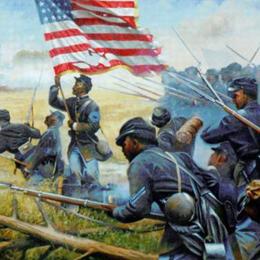
On the Civil War battlefield before you, U. S. Colored Troops (USCTs) in Maj. Gen. David Birney’s X Corps risked their lives to fight for freedom and citizenship. 14 Black soldiers earned Medals of Honor for their actions in the Union victory at the...
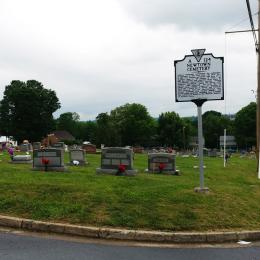
African Americans established the community of Newtown in this area after the Civil War. In 1869 five trustees purchased land here for a cemetery open to “all persons of color.” By 1920 the cemetery had expanded three times to accommodate Harrisonburg’s...
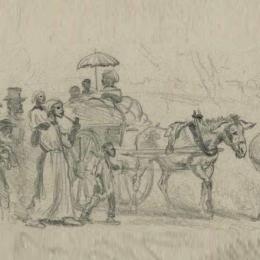
By the eve of the Civil War, 133 men, women, and children were enslaved at Oatlands. Their labor sustained the farm, enabled owner Elizabeth O. Carter to enjoy a high standard of living, and helped create the grand estate you see today.

Old City Cemetery, also known as the Methodist Cemetery, was established as a public burial ground in 1806 on land donated by John Lynch, founder of Lynchburg.
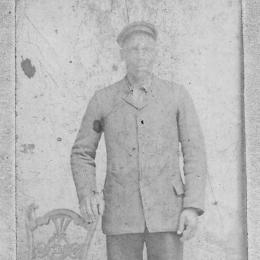
Born enslaved on one of William Sydnor’s plantations in Halifax County, Patrick Robert “Parker” Sydnor (1854-1950) became literate at a freedmen’s school after the Civil War.
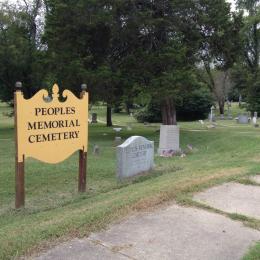
Twenty-eight members of Petersburg’s large community of free African Americans purchased a one-acre tract to serve as a burial ground in 1840. Subsequent acquisitions of adjacent land created a cemetery complex later known as People’s Memorial.

Born enslaved on 29 May 1845 near Eastville, Northampton County, Peter Jacob Carter served in the 10th United States Colored Troops during the Civil War and afterward attended Hampton Institute.
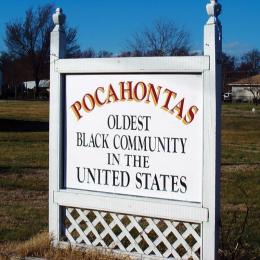
The town of Pocahontas, established in 1752, became part of Petersburg in 1784. By 1860, more members of the city’s large free African American community lived here than in any other neighborhood.

This is Waynesboro’s oldest intact neighborhood. It coalesced as a community about 1870, just after the Civil War, when formerly enslaved individuals moved here to work in nearby industries and on railroads.
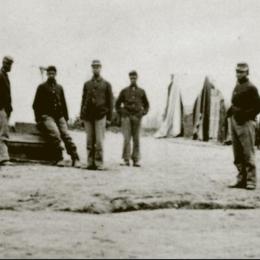
Nearby were the homes of three Afro-Virginians who served in the United States Colored Troops (USCT) during the Civil War.
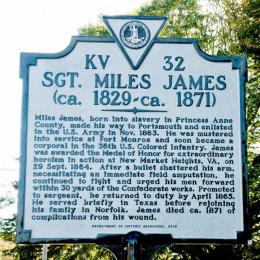
Miles James was awarded the Medal of Honor for extraordinary heroism in action at New Market Heights, VA, on 29 Sept. 1864.
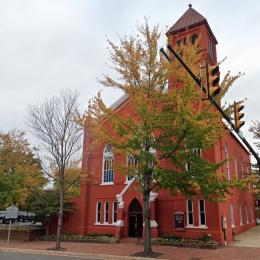
Alexandria, occupied by Union troops during the Civil War, became a refuge for African Americans escaping slavery. Before the war ended, about 50 former slaves founded the Shiloh Society, later known as Shiloh Baptist Church.
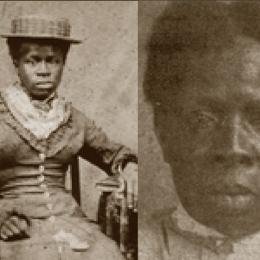
Caroline Terry, known locally as “Sis-tah Cahline” (1833-1941) was born a slave, perhaps in Southampton County, but spent most of her life in Rappahannock County. She later took the surname Terry.

In July 1863, when Brig. Gen. Isaac J. Wistar was assigned command at Yorktown, he reported over 12,000 contraband were living off subsistence from his commissary. To provide them with shelter and an opportunity for self-sufficiency, he established...
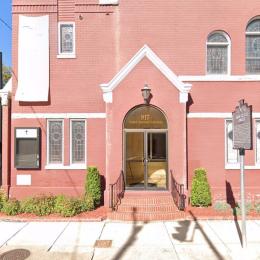
Alexandria, occupied by Union troops in 1861, attracted many African Americans escaping slavery. In Jan. 1864, a group of formerly enslaved people organized Third Freedmen’s Baptist Church (later Third Baptist Church).

The first combat in the Civil War between United States Colored Troops and Confederates north of the James River occurred near here.
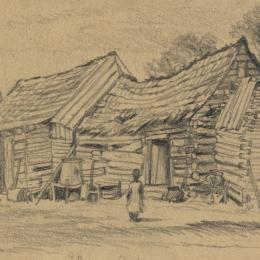
The three brick cabins here are tangible connections to the enslaved people of Rappahannock County before and during the Civil War. Many slaves escaped to Union lines here and elsewhere, and some former bondsmen served in the U.S. Army as United States...

Two African American Civil War veterans, Pvt. Edward Diggs and Sgt. Anthony W. Poole, are buried here. Each enlisted in Co. G, 36th U.S. Colored Troops, in Yorktown.

Here Maj. Gen. Godfrey Weitzel, commander of the Army of the James, entered and took possession of Richmond at 8:15 A.M. on 3 April 1865 after receiving the surrender of the confederate capital from Mayor Joseph Mayo a few miles east.
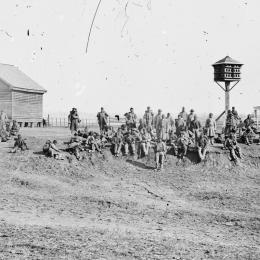
Maj. Gen. Benjamin F. Butler was a strong proponent of the use of African-American troops and had more USCT regiments under his command than any other general. These USCT regiments were served by one of the hospital wards at Point of Rocks.
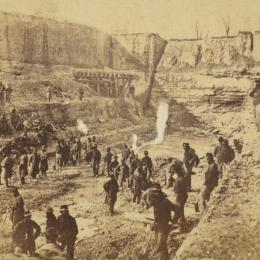
In August 1864, Gen. Benjamin F. Butler, commander of the Army of the James, ordered that a ditch or canal be dug across the narrow neck of land here to enable Union gunboats to evade Confederate batteries on the James River.
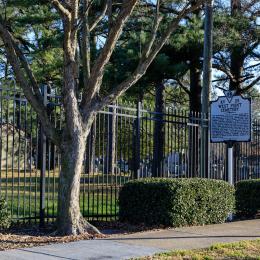
This historically African American burial place, first known as Potter’s Field, was established as Calvary Cemetery in 1873 and renamed West Point Cemetery in 1885.

African Americans in Woodlawn, four miles southwest of here, established Woodlawn Methodist Episcopal Church ca. 1866.
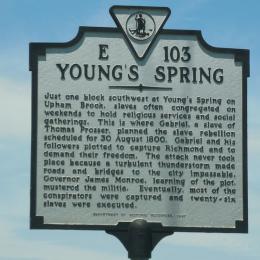
Just one block southwest at Young's Spring on Upham Brook, slaves often congregated on weekends to hold religious services and social gatherings. This is where Gabriel, a slave of William Prosser, planned the slave rebellion scheduled for 30 August 1800.
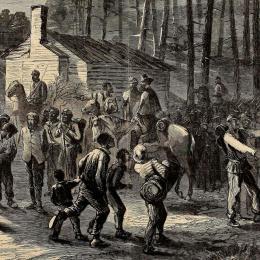
Between 1862 and 1863, African Americans sought and defended their freedom as opposing forces and neighbors fought to control Elizabeth City.
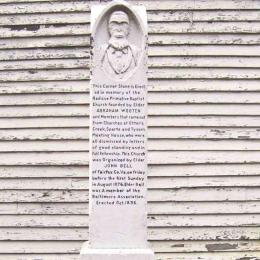
This historic building and monument testify to the freedom and resiliency of the African American’s who erected them more than a century ago and maintain them to the present day.
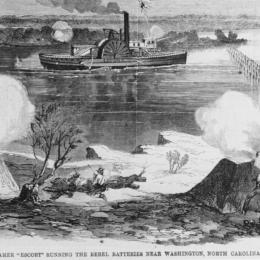
The African Americans who joined Union forces in defending Washington, North Carolina against a Confederate siege in March and April 1983 foreshadowed the significant role Black soldiers would play in the Civil War.
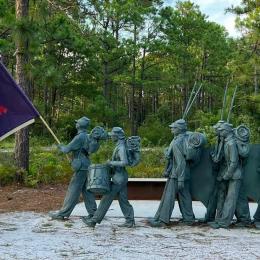
United States Colored Troop (USCT) soldiers served and sacrificed bravely in the last battle for Wilmington fought here at Forks Road on February 20-21, 1865. “Boundless,” a bronze sculpture of USCT soldiers, was installed on this battlefield in 2021 and...
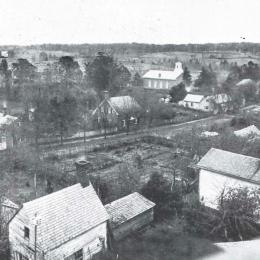
After the Civil War, African Americans built a school and free community on farmland held by the Salem Moravian Congregation where enslaved people had previously lived and worked before being freed and sent to live in Liberia.

Situated on Academy Green, this monument is the third oldest of the few nationwide that remember United States Colored Troops (USCT), and the first dedicated to these troops broadly — not just specific units or soldiers.
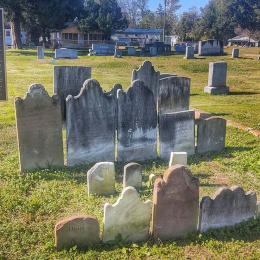
Established in 1860, Greenwood Cemetery is the second oldest public cemetery and the first city-owned African American cemetery in New Bern, North Carolina.
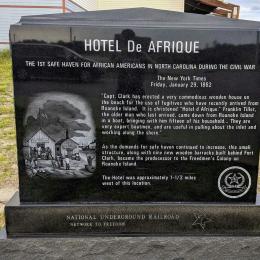
During the Civil War, African Americans used water routes to escape slavery and set up freedmen communities along the shores of the Outer Banks and even the Great Dismal Swamp. Hotel De ’Afrique was one of the first settlements along Roanoke Island.

On July 15, 1888, a mob of 25 to 40 white men lynched John Humphries, a Black teenager. Previously, on July 14, the daughter of a white planter reported being assaulted in the woods. Race-based suspicion was immediately directed towards Black men and boys...
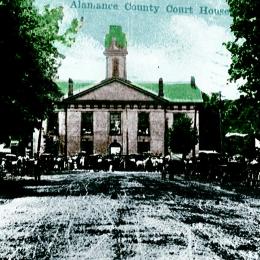
The life of Wyatt Outlaw — cut short by a Ku Klux Klan-led mob on the Alamance Courthouse Square in 1870 — illustrates the initial promise and tragic failure of Reconstruction to secure civil rights for African Americans.
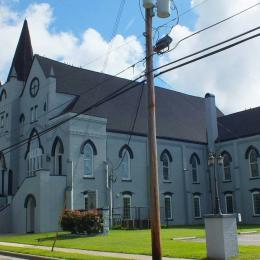
Mount Lebanon AME Zion Church is the “oldest known black congregation in the Albemarle area.”
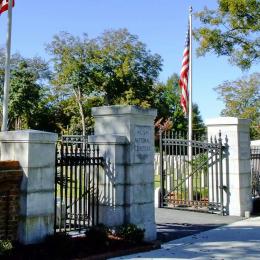
Among the 6,500+ veterans buried in the New Bern National Cemetery are more than 404 United States Colored Troop (USCT) soldiers and an unknown number of Black sailors who fought for freedom.

Sometimes called Oak Grove Cemetery, this site reflects on the winding road of freedom African Americans experienced both before and after the Civil War.
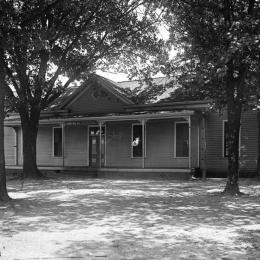
Rooted in freedom, Oberlin Village grew after the Civil War as a thriving African American community on the outskirts of Raleigh.
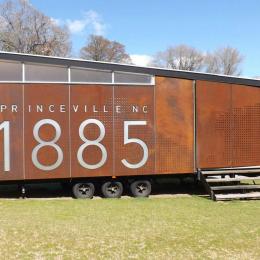
Princeville emerged here on swampy land along the Tar River in 1865, as an encampment of self-emancipated African Americans who sought freedom within Union lines. Incorporated on February 20, 1885, it stands as the oldest town chartered and governed by...

This is the oldest African American cemetery in Western North Carolina sheltering the remains of nearly 2,000 people, most of them buried by a formerly enslaved United State Color Troop (USCT) veteran.
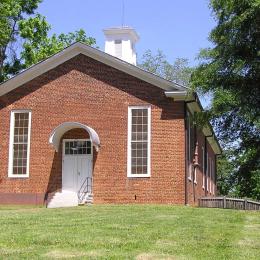
St. Philips Moravian Church’s history recalls how Moravians moved away from spiritual equality with Salem’s enslaved and free Black community, but also tells of the resilient African American congregation that grew in this place.
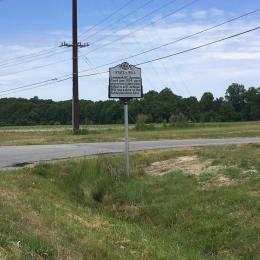
Here in 1834, at what was then known as Walnut Creek, a plantation owned by James Battle, acts of resistance and violence led to legal action revealing the harsh realities of slavery and the limited legal protections for the enslaved.
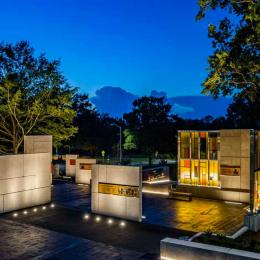
On the eve of the Civil War, a small group of African Americans gathered for worship and fellowship. Their church grew on this site as the Sycamore Hill Missionary Baptist Church becoming the heart and soul of Greenville’s Black community — a community...
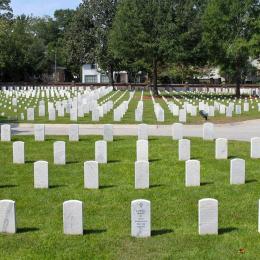
The terrible cost of the Civil War, brought closer to an end by the decisive battles cutting the Confederate supply line through Wilmington, is apparent in the more than 557 United States Colored Troops (USCT) soldiers who rest in the Wilmington National...

In May 1866, unsettled tension over how the formerly enslaved would live as free people exploded here in Memphis as the first large-scale, post-Civil War race massacre.
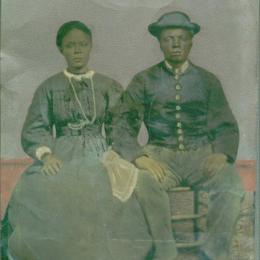
For a few years in the 1860s, the land submerged in front of you—now part of Dunbar Cave State Park—supported a small community founded and populated by formerly enslaved people. Disparagingly called Affricanna Town by the owner of the land and the...

United States Colored Troops (USCT) constructed the Chattanooga National Cemetery and buried their Black and white comrades here — the final resting place for more than 881 USCT veterans, and the site of a rare memorial to their service and sacrifice.
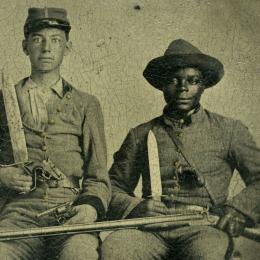
Though the Civil War battles commemorated by Chickamauga & Chattanooga National Military Park took place before the formal end of slavery in Tennessee, enslaved and self-emancipated African Americans played essential roles with both armies during these...

The Friendsville Friends Meeting that gathers here weekly has a history that includes assisting self-emancipated African Americans escape to freedom before and during the Civil War.
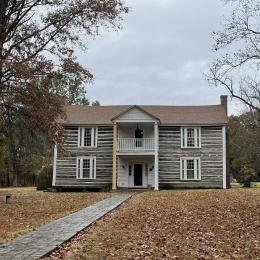
Before, during, and after the Civil War, African Americans played a vital — but until recent decades, unacknowledged — role in the workings of plantation life here at Davies Manor.

The original Fisk Jubilee Singers® preserved the spirituals as an African American art form, helped save Fisk University, demonstrated Black excellence to worldwide audiences, and defined Nashville as Music City.
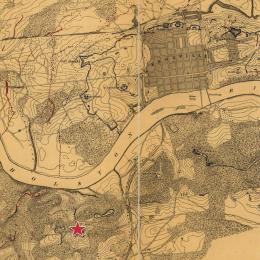
African Americans helped construct and man Fort Higley, which was part of the Union defenses of Knoxville.
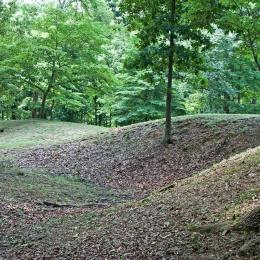
Constructed and defended by both United States Colored Troop (USCT) and white regiments, Fort Hill protected the Nashville and Northwestern Railroad (N&NWRR). The railroad was a key link in the supply chain fueling Union victories in Tennessee, Alabama...
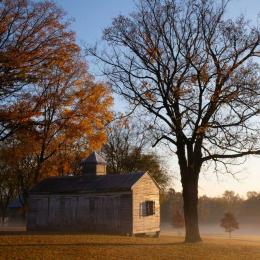
John McCline was one of sixty people enslaved on the 1500-acre Clover Bottom Farm when he escaped during the Civil War and went on to gain an education and write his autobiography.
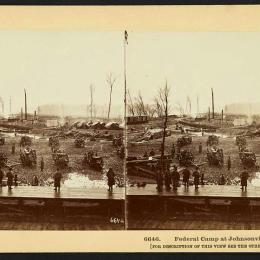
In late 1864, the depot where the Nashville and Northwestern Railroad met the Tennessee River was key to Union battle plans and a target for Confederate disruption. Here at the Battle of Johnsonville, United States Colored Troops (USCT) and impressed...
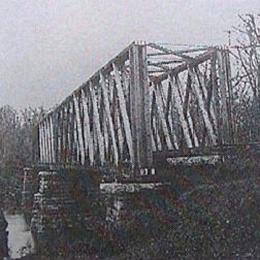
As the Civil War began the Nashville and Northwestern Railroad (NNWRR) set aside plans to lay tracks west of Kingston Springs. After the Union seized the railroad and began extending the line to the Tennessee River in late 1863, the 12th United States...
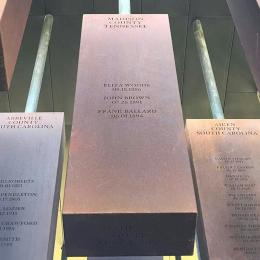
Read the words that appear on a historical marker placed here in 2020 by the Jackson-Madison County Community Remembrance Project in partnership with the Equal Justice Initiative, which funded the project.
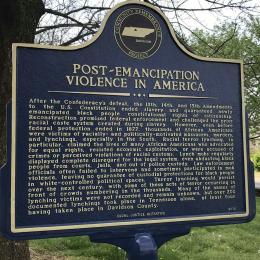
The Davidson County Jail stood near here, on what was called Water Street, or Front Street, throughout most of the 19th century. Despite the duty of law enforcement to provide custodial protection, the jail was a repeated site of lynchings and violence...

Born enslaved in 1847, Matt Gardner gained his freedom during the Civil War and, like few Black landowners, rose to prominence as a farmer and leader who strengthened his community.
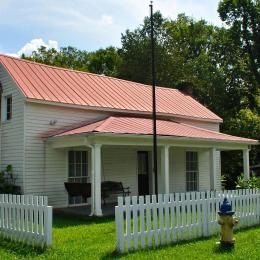
Born enslaved about 1829, Harvey McLemore was bound to the white McLemore family until emancipation in 1865.
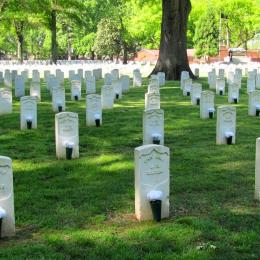
The Memphis National Cemetery is the final resting place for more than 4,208 soldiers who served in the United States Colored Troops (USCT) during the Civil War.
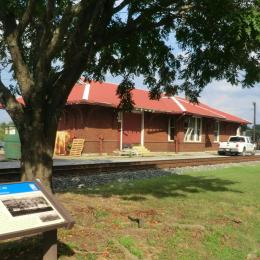
The railroad found here follows the route of a vital U.S. Army rail line which African Americans constructed and guarded during the Civil War.
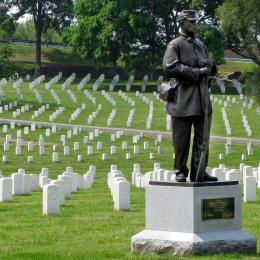
Nashville National Cemetery is the final resting place for more than 1,909 United States Colored Troop (USCT) soldiers, representing 30 regiments. The cemetery marks an honored end of their journey which, for nearly all of them, began with enslavement.
Uni...

On December 16, 1864, Peach Orchard Hill, rising a quarter mile north of Travellers Rest, witnessed remarkable acts of bravery and sacrifice by units of the United States Colored Troops (USCT) in order to secure freedom.

Near this spot on January 1, 1851, a mob of 1,200 to 1,500 people lynched an unidentified Black man for the murder of John Chester, according to the Memphis City Recorder.
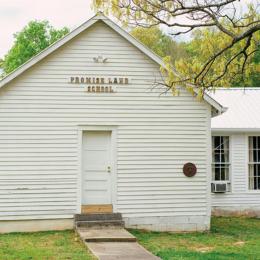
After the Civil War, free people established Promise Land, the first African American community of Dickson County.
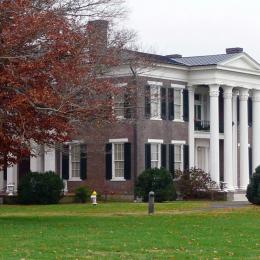
Rippavilla, a plantation built on enslaved labor, witnessed the chaos of the Civil War and the dawn of freedom for its enslaved inhabitants.
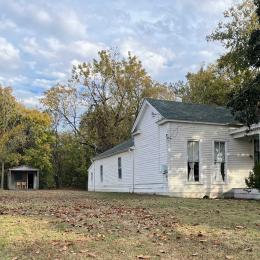

Today’s cityscape obscures the history that happened at this intersection between the 1830s and 1880s, but some clues remain in the historical markers found on the corners.
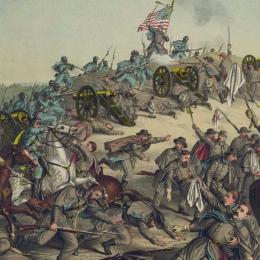
On December 15, 1864, several regiments of United States Colored Troops (USCT) engaged in fierce fighting with Confederate forces here as the Battle of Nashville began.
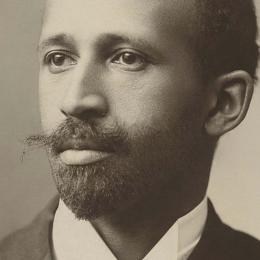
During the summers of 1886 and 1887, W.E.B. Du Bois taught 30 African American students in rural Wilson County during the Reconstruction period, shaping his future as an influential scholar and civil rights leader.

Travellers Rest, the historic plantation home of the influential Overton family, witnessed significant moments in history and profound human suffering, as enslaved African Americans labored under the harsh realities of plantation life.

Built in late 1861 by Confederate troops with the forced labor of over 300 African Americans, the earthen fort now known as Fort Defiance was built to defend the strategic Red and Cumberland Rivers leading to Clarksville.
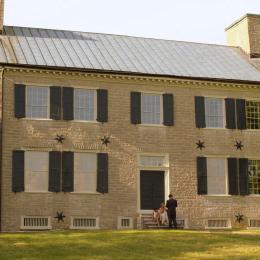
Home to Gen. James Winchester, an officer who served in both the American Revolution and the War of 1812, and co-founder of the City of Memphis, Cragfont was once the grandest mansion on the Tennessee frontier.
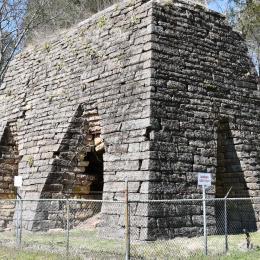
At the Cedar Grove iron furnace, located in Perry County, Tennessee, nearly 120 workers, Black and white, turned out 1,800 tons of pig metal a year during its peak.
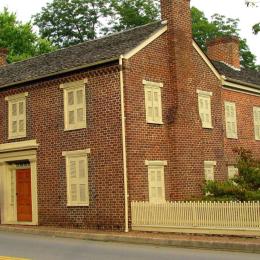
The Andrew Johnson National Historic Site attempts to tell the tale of Johnson’s ill-fated presidency — while preserving his two homes, tailor shop, and grave site in Greeneville, Tennessee.
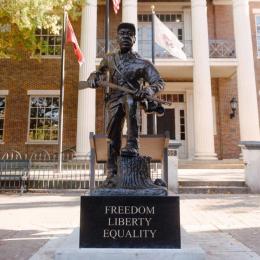
Five historical markers and a life-sized statue on Franklin’s public square tell a fuller story of the suffering and advancement of African Americans in Franklin and across the nation before, during, and after the Civil War.
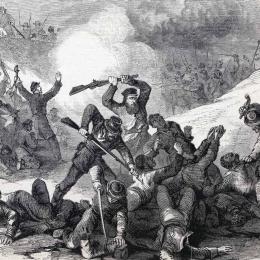
The massacre of Black soldiers, their white comrades and civilians here on April 12, 1864, still echoes with tragedy and grief on the road to freedom.
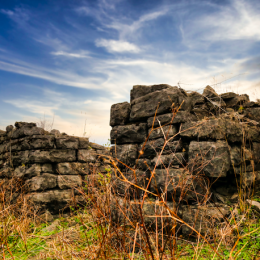
Fort Negley rises south of downtown Nashville — a monument to the risks taken and sacrifices made by many, but particularly Black individuals, on the road to freedom.
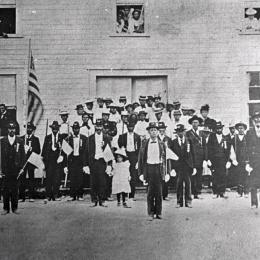
Most of the men who joined the 1st North Carolina Colored Volunteers (1st NCCV) formed in New Bern between May and June 1863 had escaped enslavement in northeastern North Carolina. With courage and determination, they fought for freedom and against...
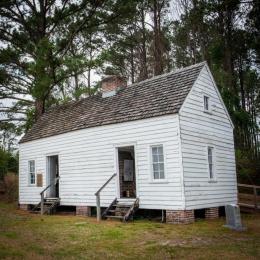
The 1862 liberation of New Bern, North Carolina, by U.S. troops led to the establishment of temporary communities for freed African Americans, often referred to as “contraband” or refugee camps.
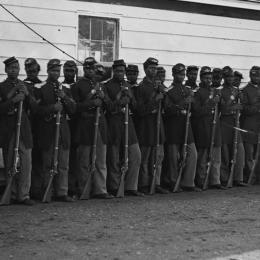
In early 1865, the U.S. Colored Troops (USCTs) confronted a Confederate division deeply entrenched in fortifications that spanned Federal Point, stretching from Sugar Loaf to Myrtle Grove Sound.
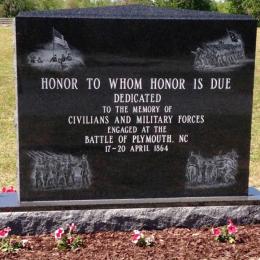
African American soldiers, sailors, and civilians played a pivotal role in the Battle of Plymouth, courageously clashing with Confederate forces. However, the Confederate victory became a grim chapter in history, as the defeat of Union forces was marked...

The people of St. Peter’s African Methodist Episcopal Zion (AMEZ) church are spiritual descendants of resilient Black Methodists who helped shape New Bern’s historic African American community and the “Mother Church of Zion Methodism in the South.”
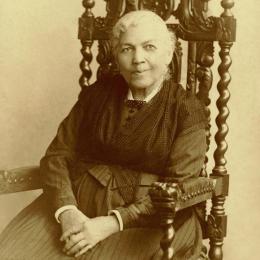
Edenton, North Carolina, is the birthplace of Harriet Jacobs, a courageous woman who escaped slavery and went on to write the first published slave narrative by a woman.
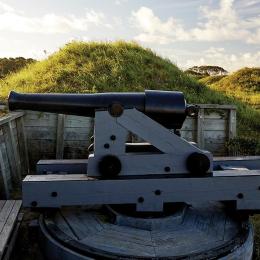
Black individuals played a crucial role in both the construction and eventual capture of Fort Fisher, a decisive event that cut off the Confederacy’s final supply line, hastening the end of the war.

Somerset Place provides a window into how an enslaved community lived and survived in bondage.
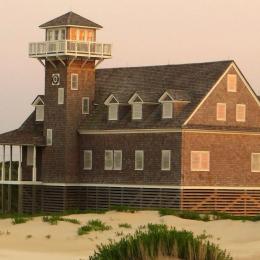
Born in 1842 on Roanoke Island, Richard Etheridge spent much of his early life enslaved along North Carolina’s eastern shore. He remained here until the Civil War, when U.S. Army troops liberated Roanoke Island and established a colony for freed people of...
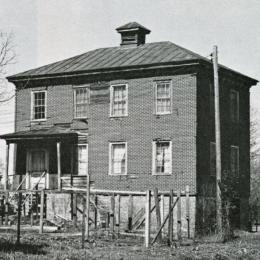
Noted as the first African American Masonic Lodge in the state of North Carolina, King Solomon Lodge #1 was founded in New Bern by freed people of the region on September 27, 1865, with the help of Master Mason Paul Drayton of New York.
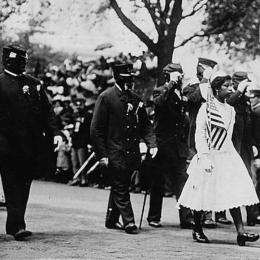
This historical marker stands near the location where the Black members of the Grand Army of Republic’s (GAR) James Beecher Post #22 once gathered to share their experiences pursuing freedom.
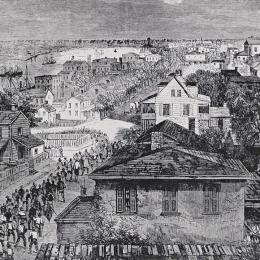
St. Stephen African Methodist Episcopal (AME) Church has deep roots in Wilmington’s enslaved and free African American community.
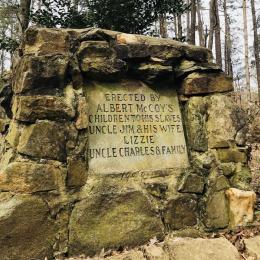
This cemetery serves as a resting place for a yet-undetermined number of enslaved individuals whose lives and contributions, though often obscured by time, remain a vital part of our shared history.
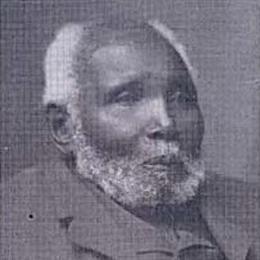
The cornerstone of this church honors a foundational figure in North Carolina. Known as the “Father of Black Baptist Churches,” Reverend Harry Cowan.
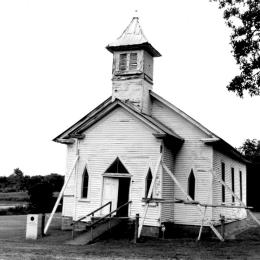
This small church in Whitsett, North Carolina has a storied connection to famed poet Henry Wadsworth Longfellow. According to church tradition, its founder named Wadsworth Church after returning to the property where he had been enslaved.
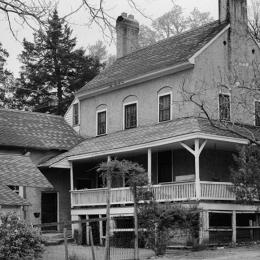
The Mendenhall Homeplace is located at the heart of Jamestown, North Carolina. Built by Richard Mendenhall c. 1811, it represents local antislavery efforts.

Upon the U.S. Army’s liberation of Roanoke Island from Confederate troops in February 1862, enslaved African Americans flocked to the region for asylum.
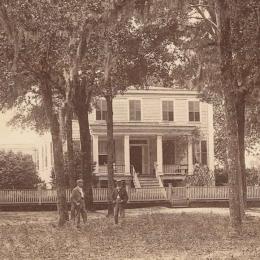
Situated on the northern outskirts of coastal Wilmington, Poplar Grove Plantation once encompassed over 600 acres. Unlike many other 19th century tidewater plantations in the Carolinas, this land was known primarily for the growth of “ground peas,” or...
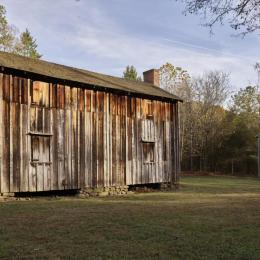
From the late 18th to the mid-20th centuries, Durham’s Stagville plantation was owned by the Bennehan and Cameron families, who enslaved over 900 people on their property, making them among the largest slaveholders in the state of North Carolina by the...

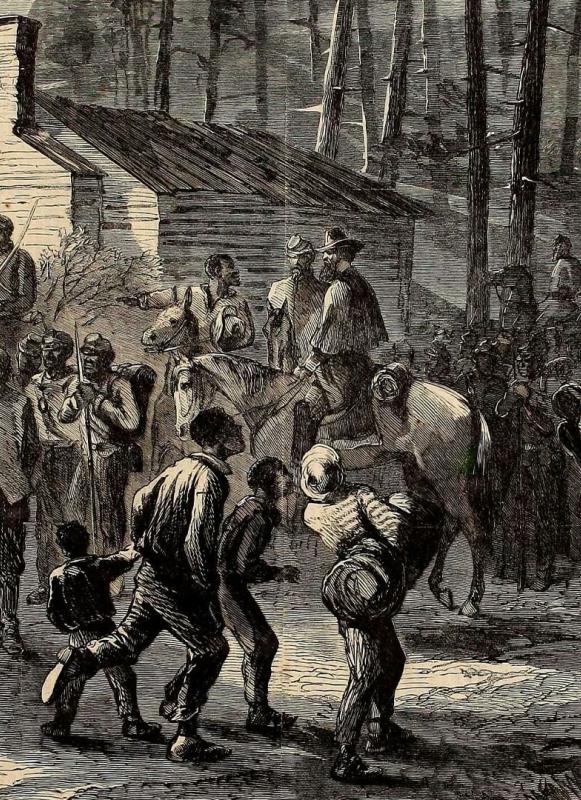
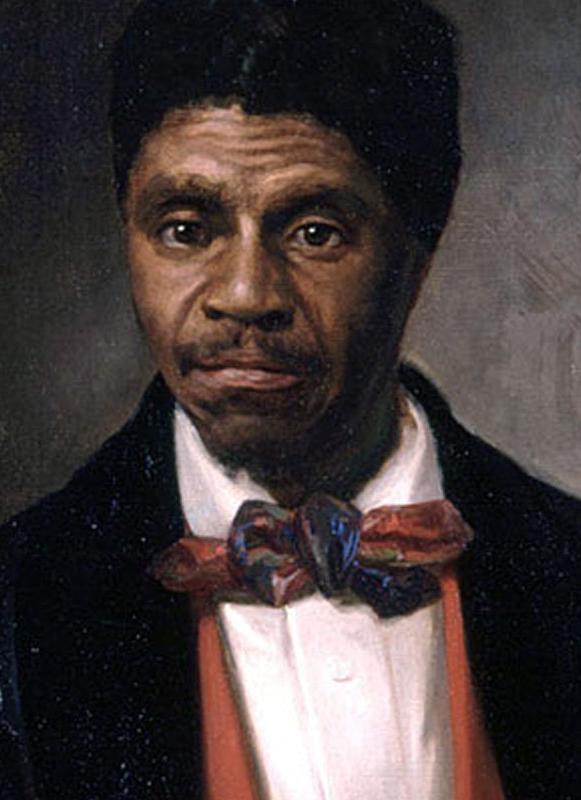
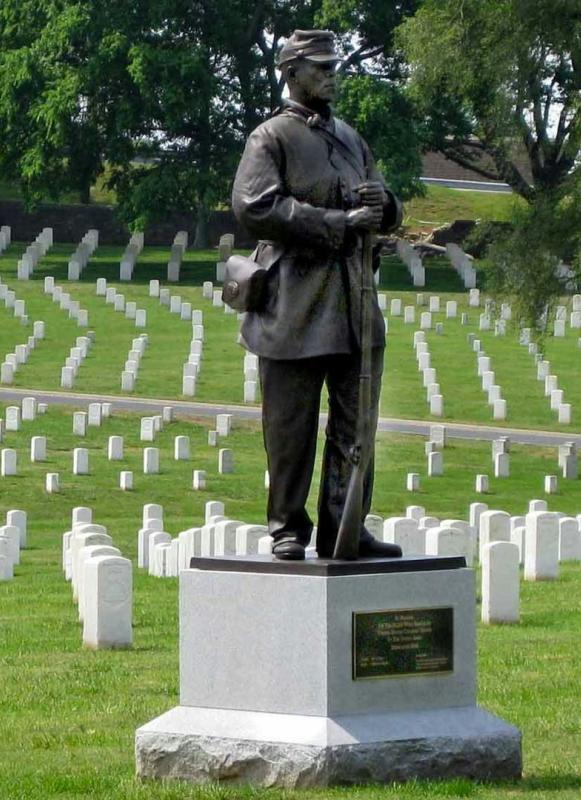
The Stories
The American Battlefield Trust is committed to the power of place. The contributions and experiences of African Americans during our nation’s first century have traditionally gone under-told, but programs like this allow us to elevate them and demonstrate their true impact. Road to Freedom offers insights into the Black experience during the Civil War-era by bringing together the stories of war and the fight for emancipation through battlefields, churches, cemeteries, highway makers and other historic places.
Road to Freedom highlights scores of locations across Virginia, Tennessee and North Carolina. In Virginia, sites stretch from Alexandria, just outside Washington, D.C., to Abingdon; in Tennessee, from Memphis to Greenville; in North Carolina, from Asheville to Hatteras. Across these historic landscapes, visitors can glimpse stories of soldiers, the enslaved, educators, politicians and others, marking the places where they staged rebellions, fought for freedom, created community, educated their children, celebrated their faith, were born and were buried.

“This resource provides a powerful opportunity for visitors and Virginians alike to explore these poignant and often under-told stories.” - Rita McClenny, Virginia Tourism Corporation
“Millions of tourists come to Tennessee each year, but they’ve never had a tool like this to encourage them to dive into this angle of the state’s history.” - Nina Scall, Tennessee Wars Commission
“With a variety of locations that highlight this transformative time in U.S. history, the Road to Freedom promises to immerse its users in authentic, human stories.” - Ramona Bartos, NCDNCR
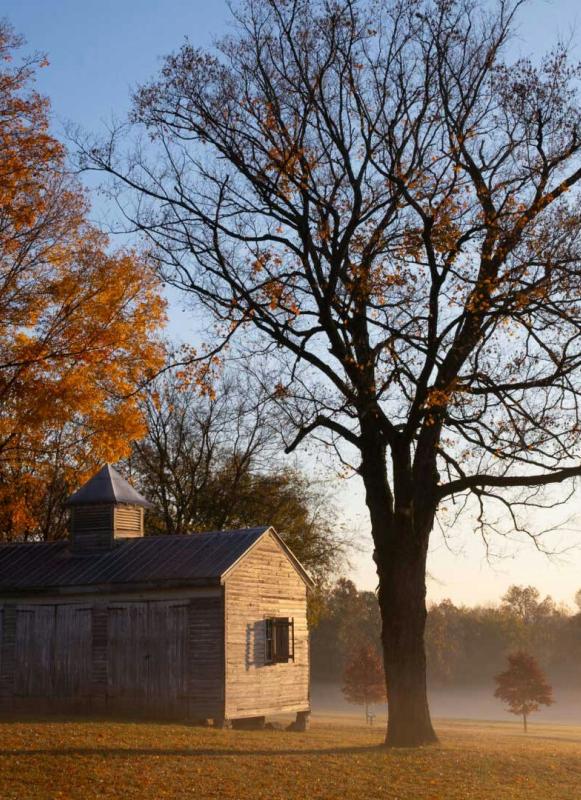
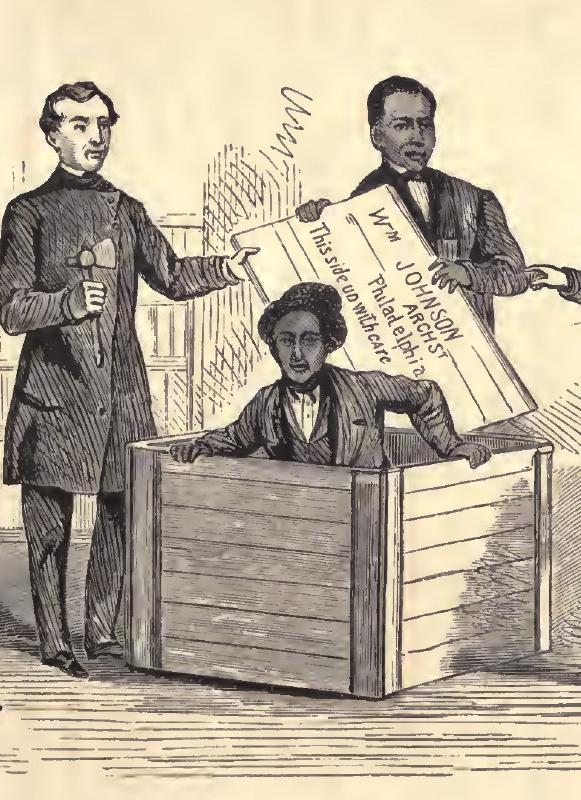
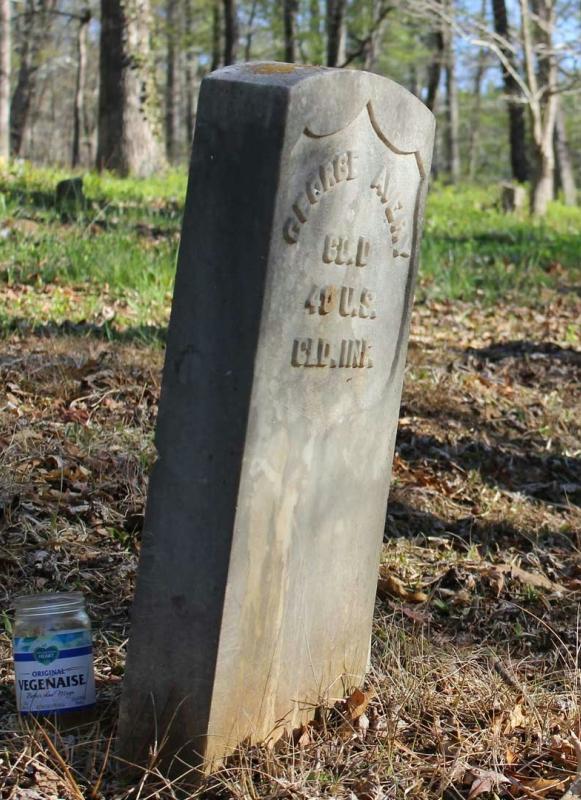
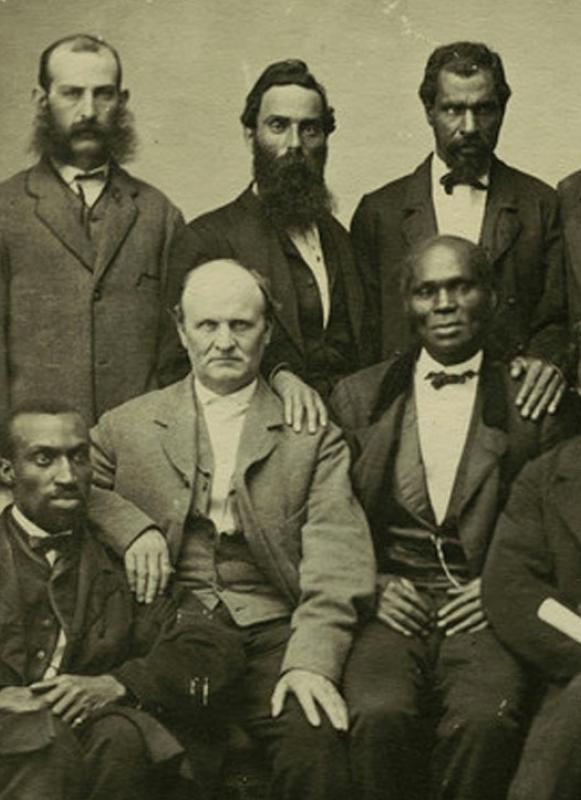
Our Valued Partners
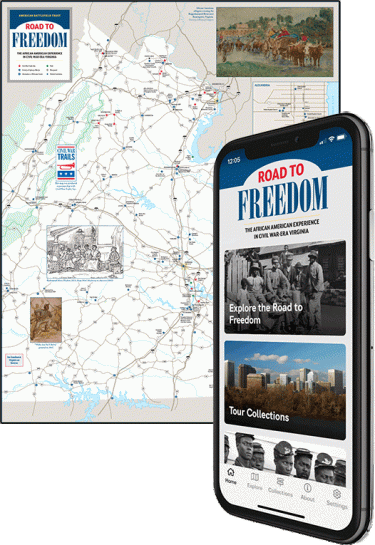
The Road to Freedom initiative launched in 2021, when the American Battlefield Trust teamed up with Civil War Trails, Inc., to offer a physical map guide and digital app tour highlighting battlefields, churches, cemeteries, highway makers and other historic places throughout the Commonwealth of Virginia. With the latest iterations in the Volunteer and Tarheel States, the Trust was supported through State-funded grant programs; in Tennessee, a grant from the Wars Commission Grant Fund, administered by the Tennessee Wars Commission, the Tennessee Historical Commission, Department of Environment and Conservation; in North Carolina, a grant directly from the State of North Carolina.
Collaborative in nature, the expansions into North Carolina and Tennessee called on the knowledge of Civil War Trails, Inc., and the African American Heritage Preservation Foundation, in addition to numerous community stakeholders who know these sites — and their accompanying backgrounds — intimately. The Trust then enlisted on-the-ground research assistance from budding scholars at Middle Tennessee State University and Elizabeth City State University — one of 10 accredited historically Black colleges and universities in North Carolina — as well as within the doctoral program at Vanderbilt University.
The free Road to Freedom Tour Guide apps are available for iOS and Android devices and are also available online as web apps.
Additional Thanks
Road to Freedom would not be possible without numerous valued partners at the federal, state, and local levels.
American Battlefield Protection Program
The Historical Marker Database
North Carolina Department of Natural and Cultural Resources
State of North Carolina
Tennessee Historical Commission
Tennessee Wars Commission
Virginia Department of Historic Resources
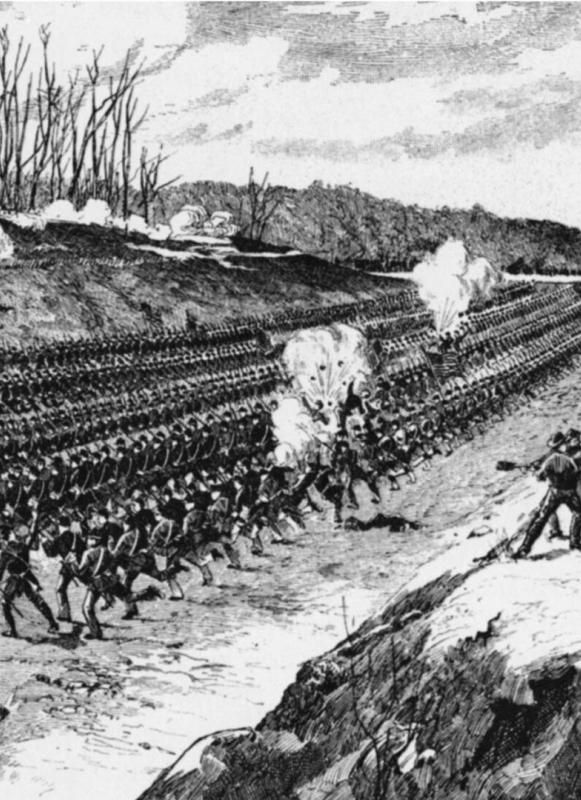



The Apps
The Road to Freedom collection of apps are now available in the App Store and on Google Play, in addition to being available as web apps that works through your mobile device's preferred Internet browser. Select your preferred app below or download them all today!
